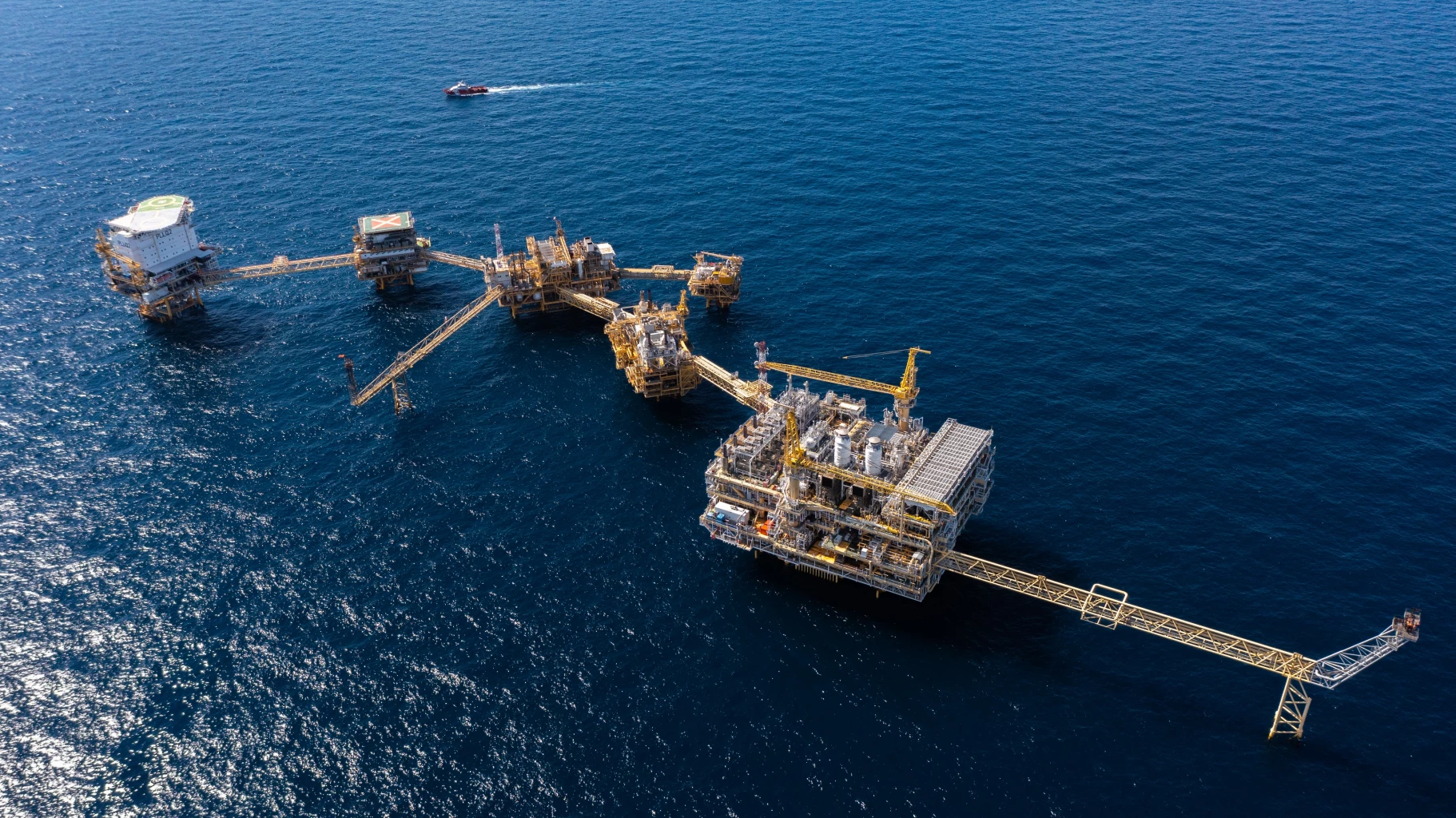Australia stresses seafood quality

VIETNAMESE seafood enterprises must comply with Australia’s regulations to continuing exports to that market, according to Vietnam’s National Agro, Forestry and Fisheries Quality Assurance Department (NAFIQAD).
The department said Food Standards Australia New Zealand (FSANZ) had sent an announcement to the department about the inspection of seafood products imported into Australia.
Australia’s regulations strictly adhere to international rules, NAFIQAD director Nguyen Nhu Tiep said.
“Therefore, local enterprises must comply with those regulations if they keep exporting food to Australia,” he said. “The department has updated those regulations for local enterprises.”
FSANZ has categorised food imported to Australia, including groups of high-risk products and monitoring products, and announced regulations for checking each group.
The group of high-risk foods includes boiled crustaceans/shrimp, mackerel/tuna, processed and instant fish, and mixed seafood.
High-risk foods are referred to NAFIQAD by the Australian Department of Immigration and Border Protection. These foods are initially inspected and tested at a rate of 100 per cent of consignments, according to the website of Australia’s Department of Agriculture and Water Resources.
Once five consecutive consignments have passed inspection, the inspection rate may be reduced to 25 per cent; after a further 20 consecutive passes, the inspection rate may be reduced to 5 per cent.
Food under surveillance includes fish; fresh, frozen, dried and salted fish paste; sardines; salmon; and fish sauces.
All other foods are considered to pose a low risk to human health and safety and are classified as “surveillance food”. Each consignment of surveillance food has a 5-per-cent chance of being referred for inspection to assess its compliance with Australian food standards.
As surveillance foods are considered to be low-risk, they are subject to a “test and release” direction and can be distributed for sale before test results have been received.
Any consignment of high-risk and surveillance foods that fails forces a return to 100-per-cent testing of that product until a history of compliance is re-established for the producer of the food.
The export value of Vietnam’s seafood products to Australia increased sharply from US$15 million in 2011 to $225 million in 2014, but reduced to $117 million (about Bt4.1 billion) last year, according to the Ministry of Industry and Trade’s vinanet.vn website.





